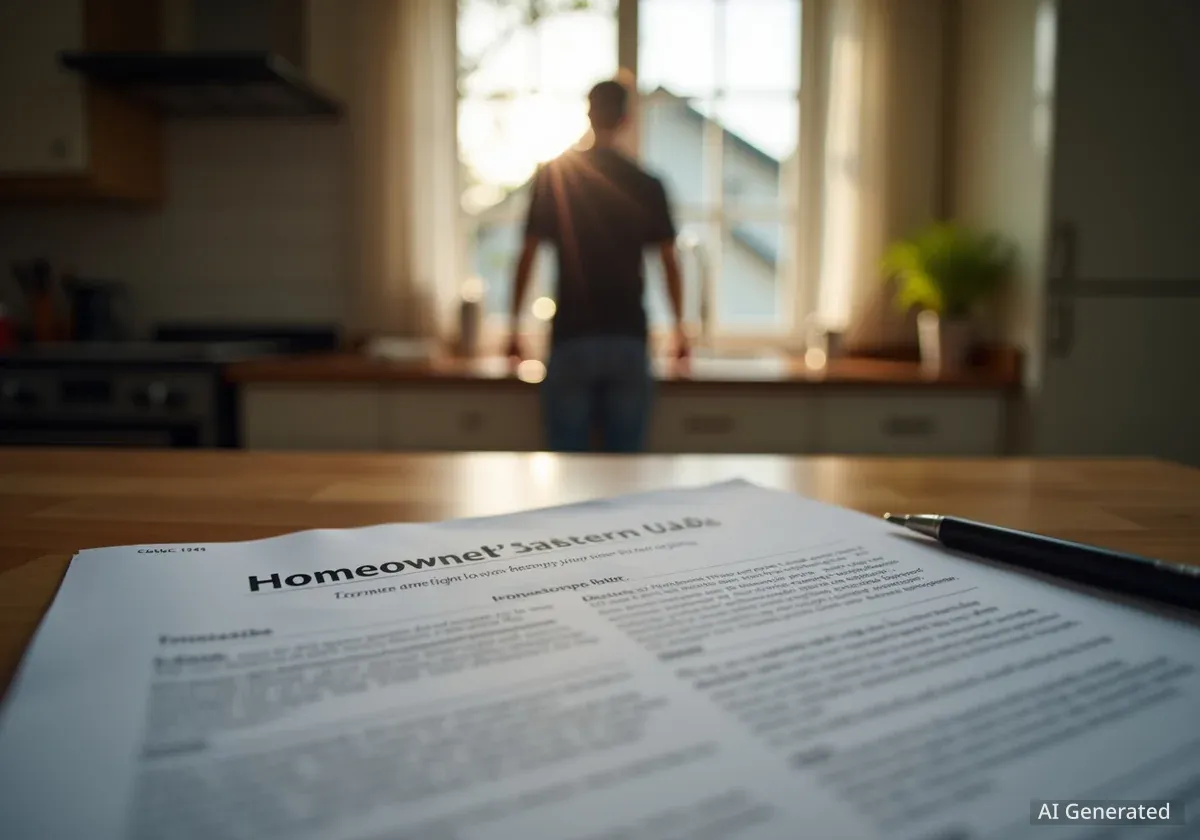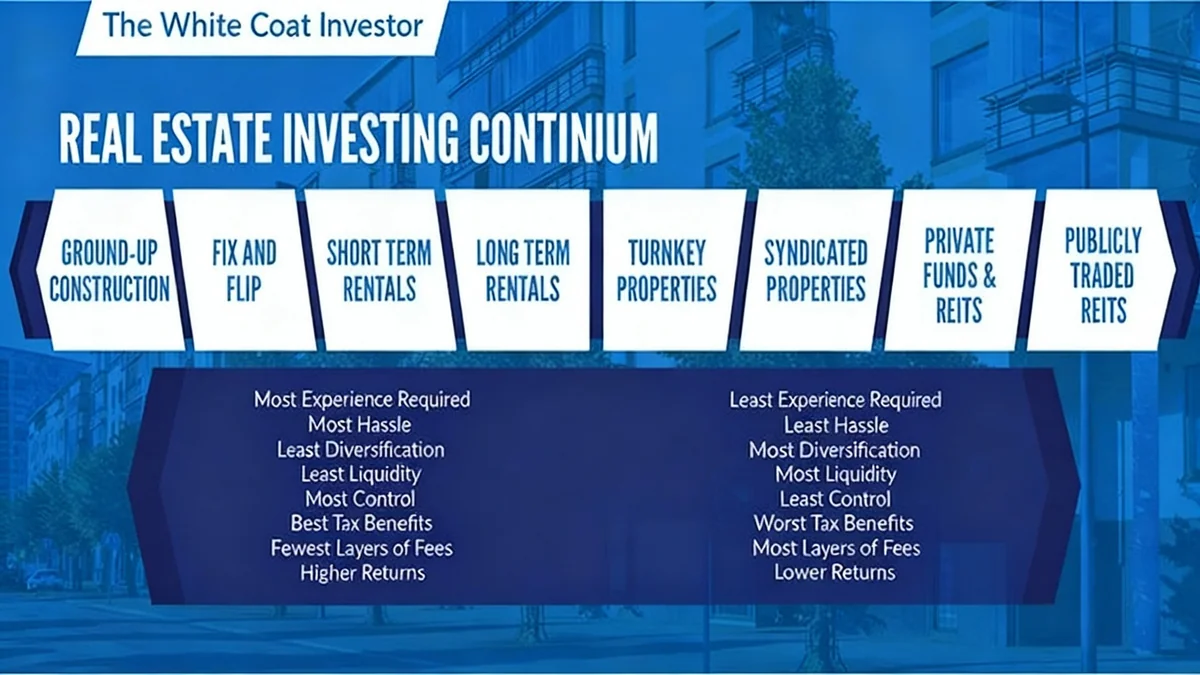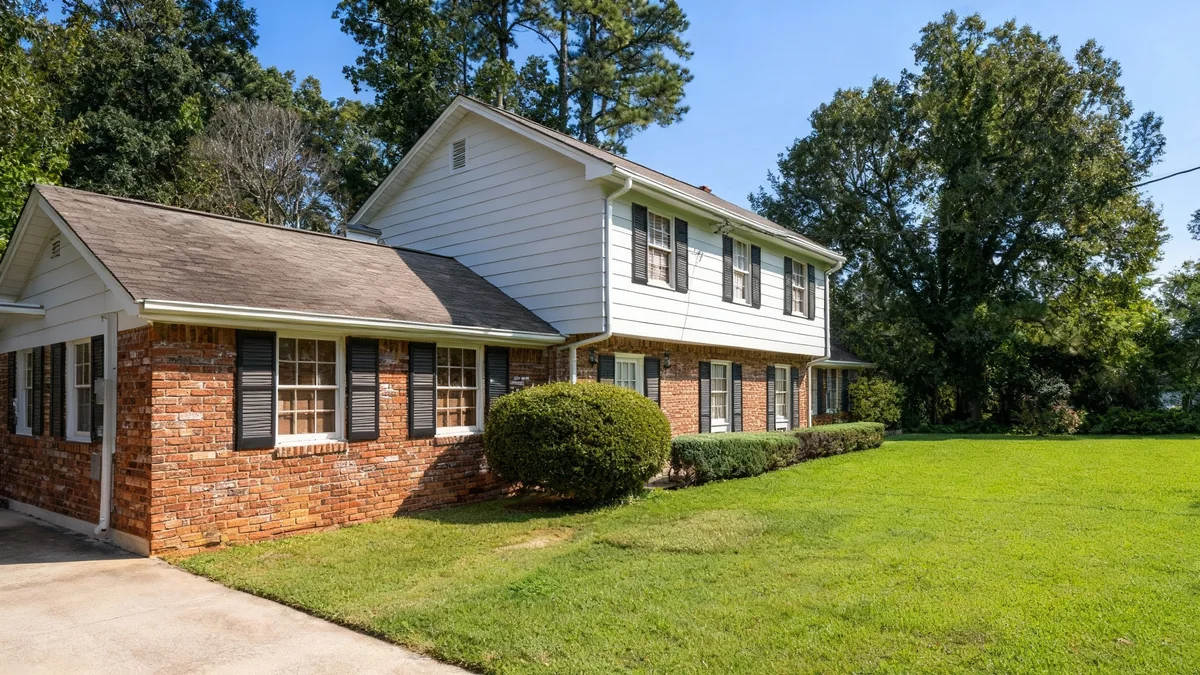A significant majority of American homeowners are worried that property insurance could soon become unaffordable, a new study reveals. According to recent survey data, 75% of homeowners express fear over the rising cost of coverage, signaling widespread anxiety about a crucial component of homeownership.
The report highlights a growing financial pressure point for households across the country, with 88% of respondents expecting their insurance premiums to increase in the near future. This sentiment reflects a challenging market where costs are escalating due to a variety of economic and environmental factors.
Key Takeaways
- A new study finds 75% of U.S. homeowners are concerned that home insurance will become unaffordable.
- Nearly nine out of ten homeowners (88%) believe they will be paying more for coverage in the future.
- 40% of homeowners surveyed have already experienced an increase in their insurance costs.
- Rising insurance costs and climate risks are actively influencing the home-buying decisions of younger generations, particularly Gen Z.
Widespread Concern Over Housing Affordability
The financial stability of homeowners is facing a new and significant threat: the escalating cost of property insurance. A recent survey conducted by Realtor.com illustrates a stark picture of this growing concern. The study found that three out of every four homeowners now fear that insurance could rise to a level they can no longer afford.
This anxiety is not just about future possibilities. The data shows that 40% of homeowners have already seen their insurance premiums go up, turning a potential worry into a present-day financial reality. This adds another layer of economic strain at a time when many are already dealing with inflation and higher costs of living.
The expectation for continued price hikes is nearly universal. According to the report, a staggering 88% of homeowners believe their insurance bills will be even higher in the coming years. This widespread belief points to a loss of confidence in the stability of the insurance market and its impact on long-term housing affordability.
A Challenging Factor in the Housing Market
Rising insurance costs are becoming a major hurdle in an already complex housing market. For prospective buyers and current owners alike, the expense of insurance is no longer a minor detail but a critical part of the overall cost of a home.
"This is just one more thing that is challenging in today's housing market," said Hannah Jones, a data analyst at Realtor.com. "It's clearly pressing on people's minds."
The financial pressure from insurance premiums complicates budgeting for homeownership. For many families, an unexpected and sharp increase in insurance can strain their monthly finances, forcing difficult decisions about other essential spending. This issue compounds the challenges posed by high mortgage rates and property taxes.
Survey Methodology
The findings are based on a survey of 1,000 U.S. adults conducted between August 7–8. All participants indicated they were either currently interested in buying or selling a primary residence or had done so within the last two years, ensuring the data reflects the views of active market participants.
Younger Buyers Adjusting Search Strategies
The impact of rising insurance costs and climate-related risks is particularly pronounced among younger generations. The study reveals that Gen Z buyers are more likely than other age groups to alter their home search criteria in response to these factors.
"Gen Z buyers are more likely to change how they're looking, or change where they're looking, based on climate risks and home insurance costs," Jones noted. This indicates a fundamental shift in how the next generation of homeowners evaluates potential properties.
This trend suggests that areas with higher perceived climate risk—such as coastal regions prone to hurricanes or western states susceptible to wildfires—may see reduced demand from younger, more risk-aware buyers. They are increasingly factoring in long-term carrying costs like insurance, not just the initial purchase price, into their decision-making process.
Factors Influencing Younger Buyers:
- Long-Term Affordability: Younger buyers are highly sensitive to long-term costs that could impact their financial future.
- Climate Awareness: Growing up with greater awareness of climate change, Gen Z is more attuned to the environmental risks associated with a property's location.
- Information Accessibility: Digital natives have easier access to data on flood zones, wildfire risk maps, and insurance cost estimates, allowing them to make more informed choices.
What Is Driving Insurance Costs Higher?
The anxiety felt by homeowners is rooted in real-world trends that are pushing insurance premiums upward across the nation. The insurance industry is grappling with several converging challenges that ultimately translate to higher costs for consumers.
The Core Issues
A primary driver is the increasing frequency and severity of natural disasters. Events like hurricanes, wildfires, severe convective storms, and flooding have led to record-breaking insured losses in recent years. As insurers pay out more in claims, they must raise premiums to maintain financial solvency.
Another significant factor is the rising cost of construction materials and labor. When a home is damaged, the cost to repair or rebuild it is substantially higher than it was just a few years ago. This inflation in replacement costs means that insurance policies must cover a higher potential payout, which in turn requires higher premiums.
Finally, the global reinsurance market has tightened. Reinsurance is essentially insurance for insurance companies, helping them manage large-scale losses. As reinsurers have faced their own massive payouts from global catastrophes, they have increased their prices, and primary insurers pass these costs down to homeowners.
The Future Outlook for Homeowners
The combination of homeowner anxiety and tangible market pressures suggests that high insurance costs will remain a defining feature of the housing market for the foreseeable future. In some high-risk areas, particularly in states like Florida, California, and Louisiana, the problem has escalated into a full-blown availability crisis, with some major insurers pulling out of the market entirely.
This trend could have long-term consequences, potentially making homeownership unsustainable for some families in vulnerable regions. It also highlights the growing connection between climate risk, insurance stability, and housing market health.
As homeowners navigate this new reality, experts suggest proactive measures such as investing in home hardening to mitigate risks, shopping around for coverage annually, and understanding the specific risks associated with their property's location. For now, the data confirms that the cost of protecting a home is a top-of-mind concern for the vast majority of American homeowners.





